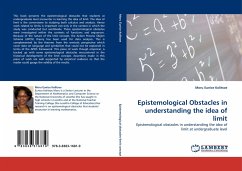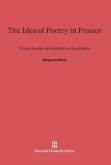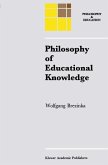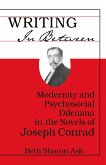This book presents the epistemological obstacles that students at undergraduate level encounter in learning the idea of limit. The idea of limit is the cornerstone to studying both calculus and analysis. Hence work related to limits is important not only in the context in which the study was conducted but worldwide. These epistemological obstacles were investigated within the contexts of functions and sequences. Because of the nature of the limit concept, the Action Process Object Schema (APOS) theory has been used for data analysis. This is complemented by the theories from the semiotic perspective which cover data on language and symbolism that could not be explained in terms of the APOS framework. This piece of work though empirical, is backed up with some epistemological obstacles encountered in the historical development of the limit concept. Assertions made in this piece of work are well supported by empirical evidence so that the reader could gauge the validity of the results.
Bitte wählen Sie Ihr Anliegen aus.
Rechnungen
Retourenschein anfordern
Bestellstatus
Storno








